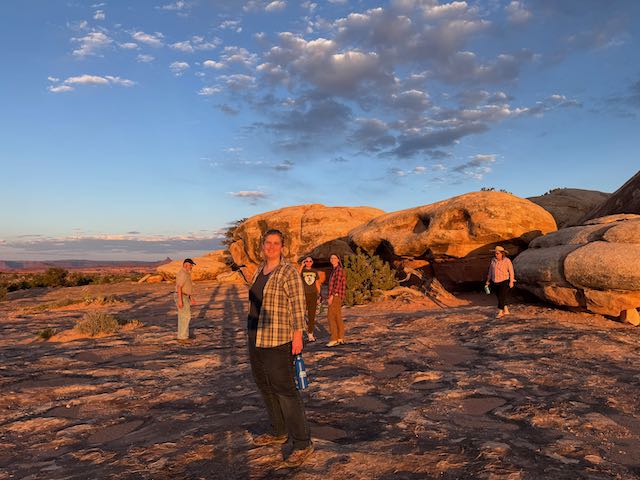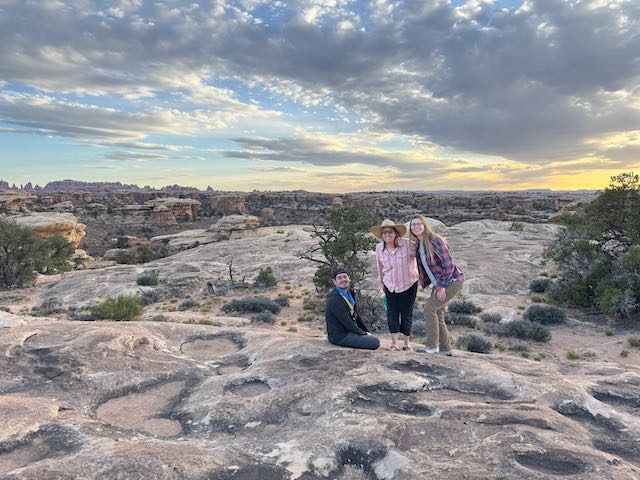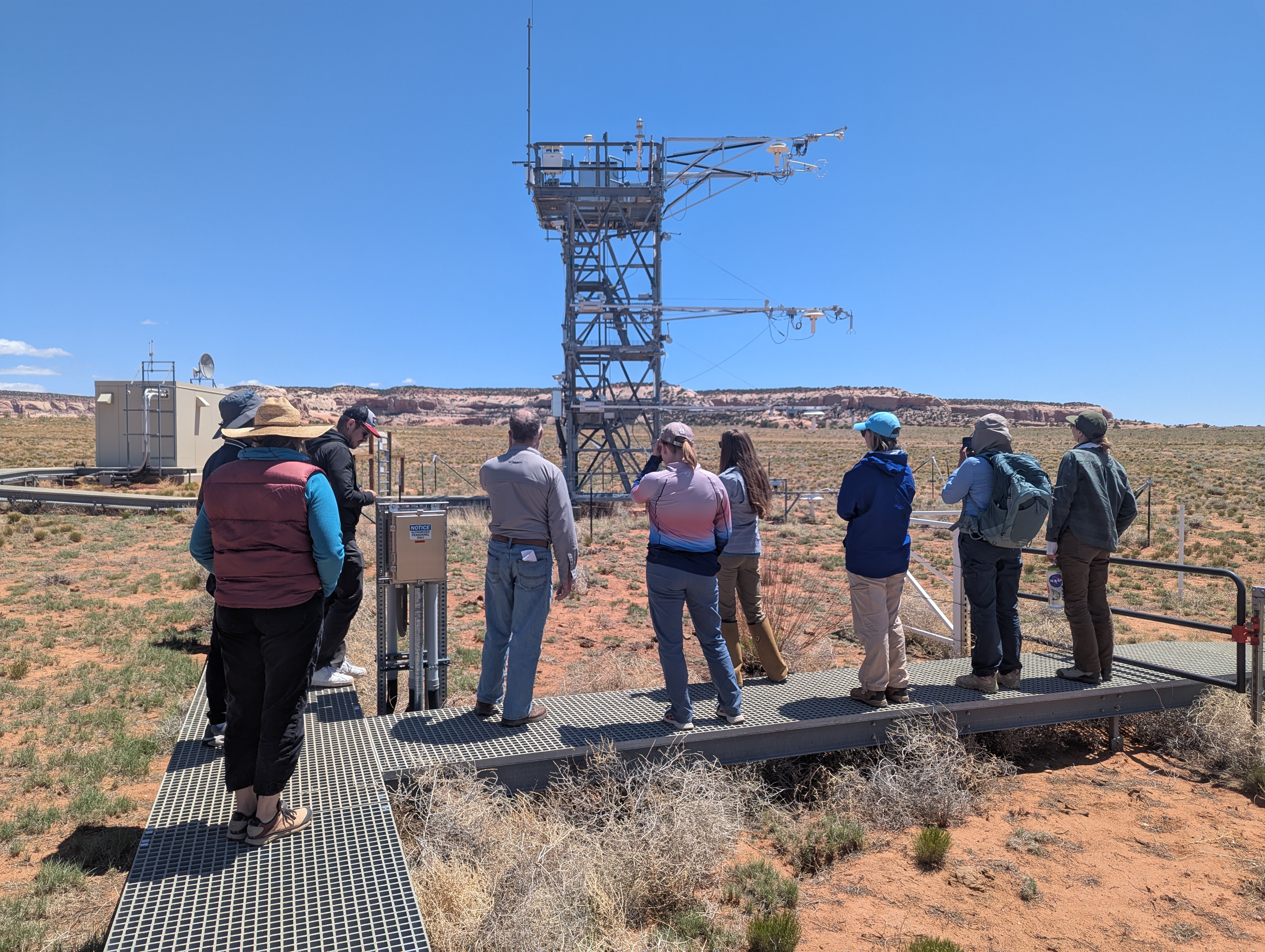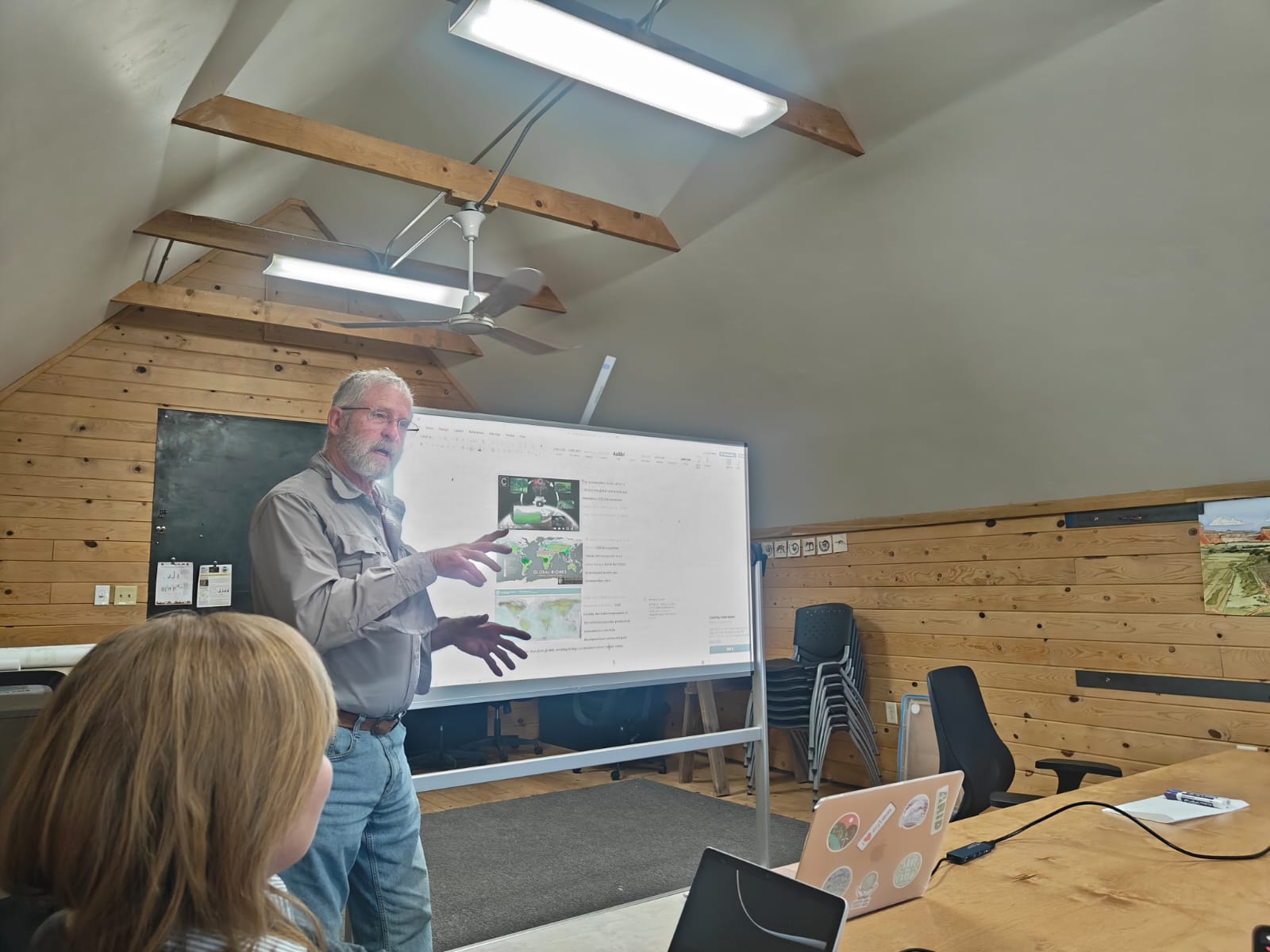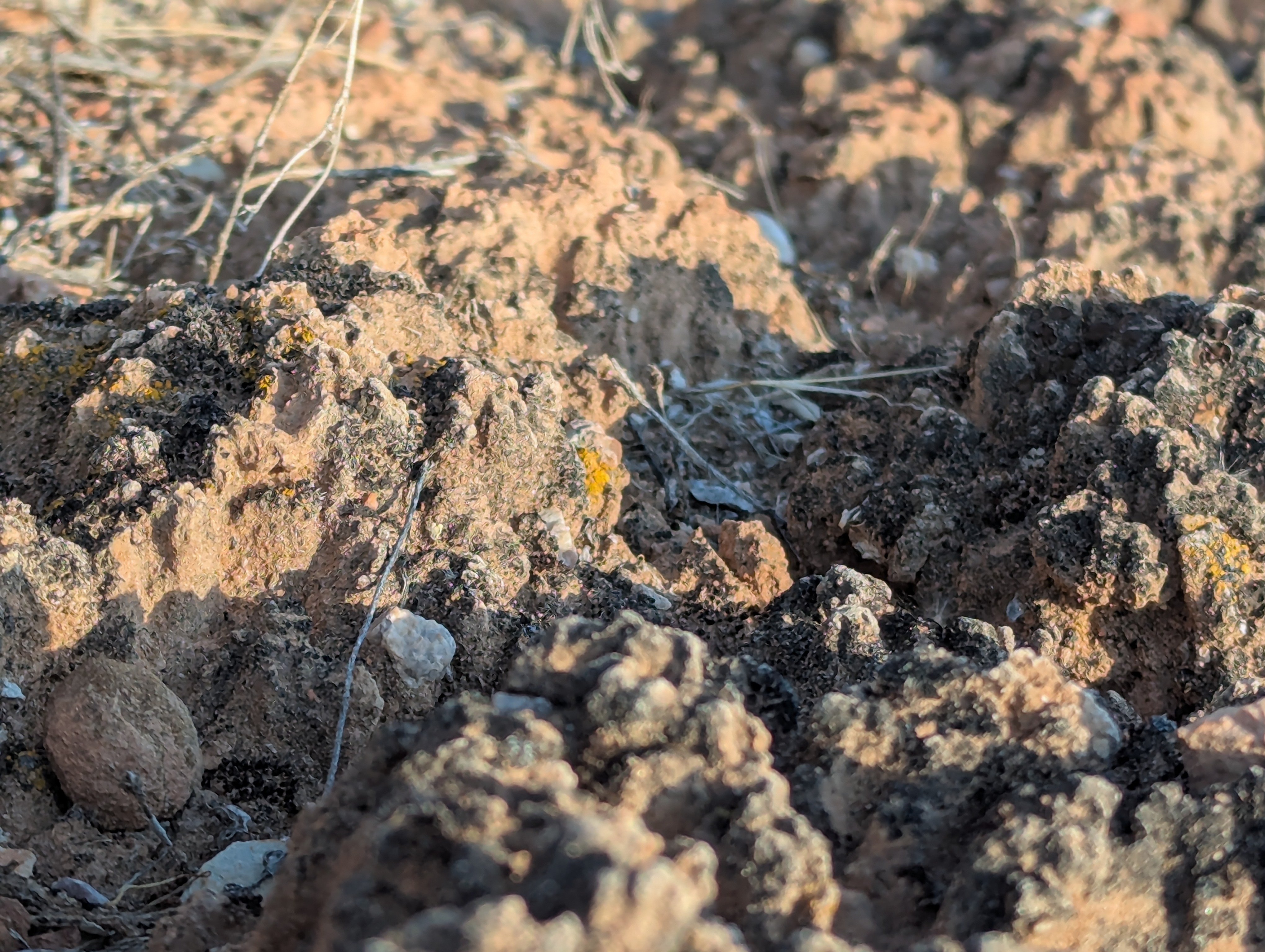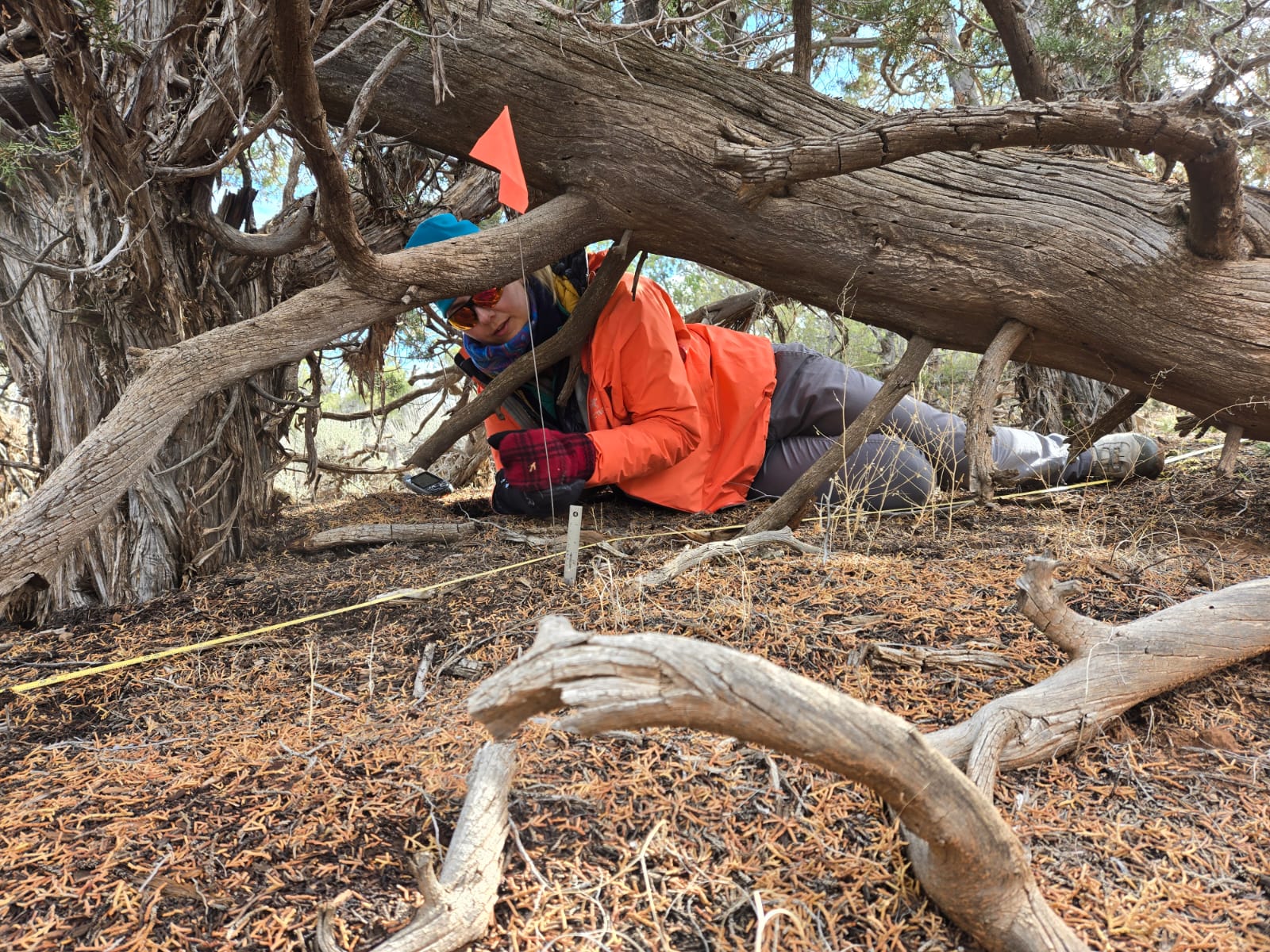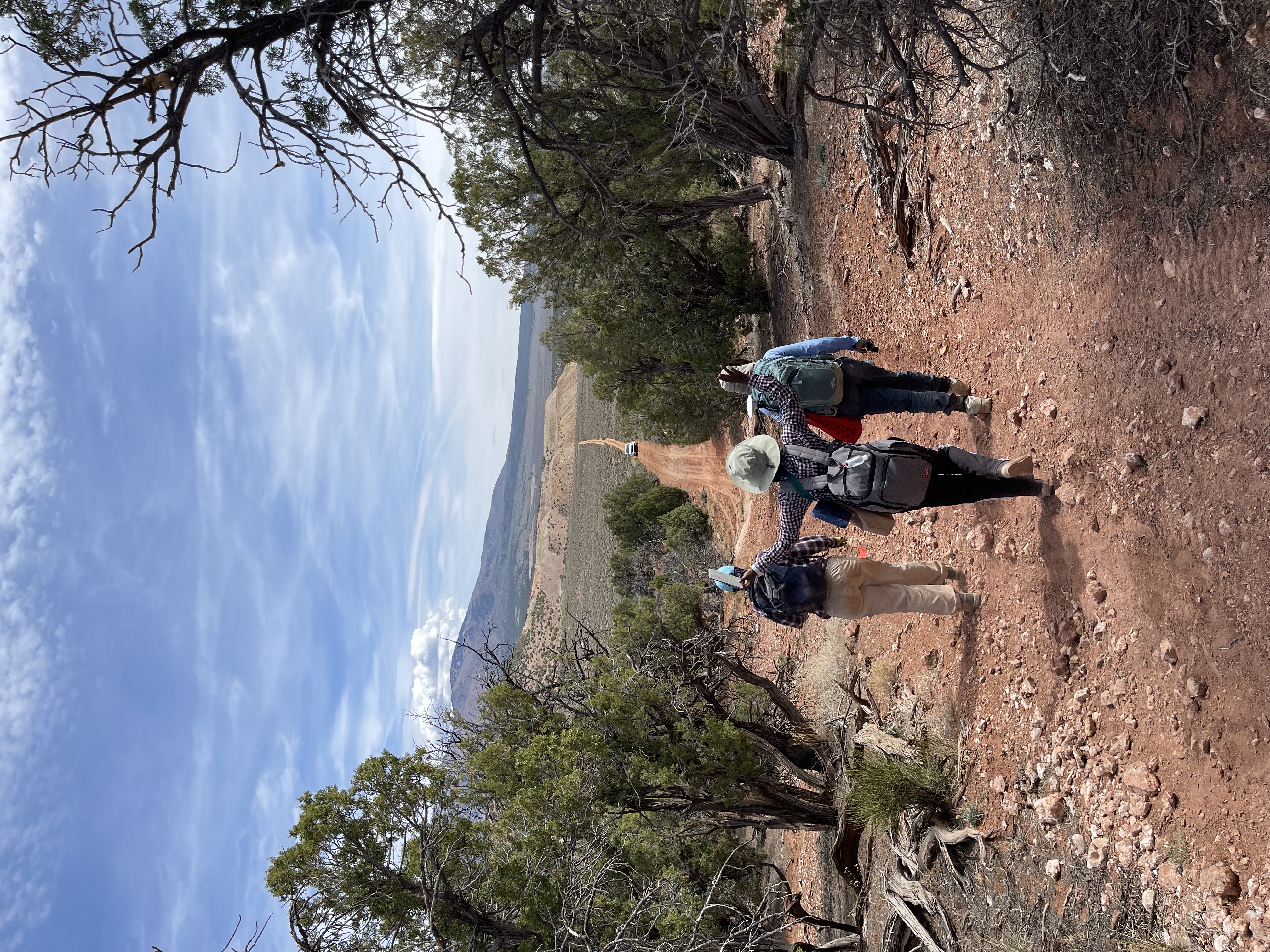The DeAD Team
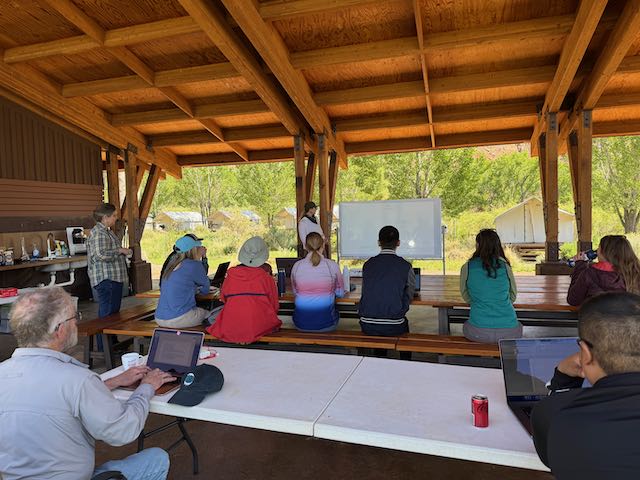
Project Scientists
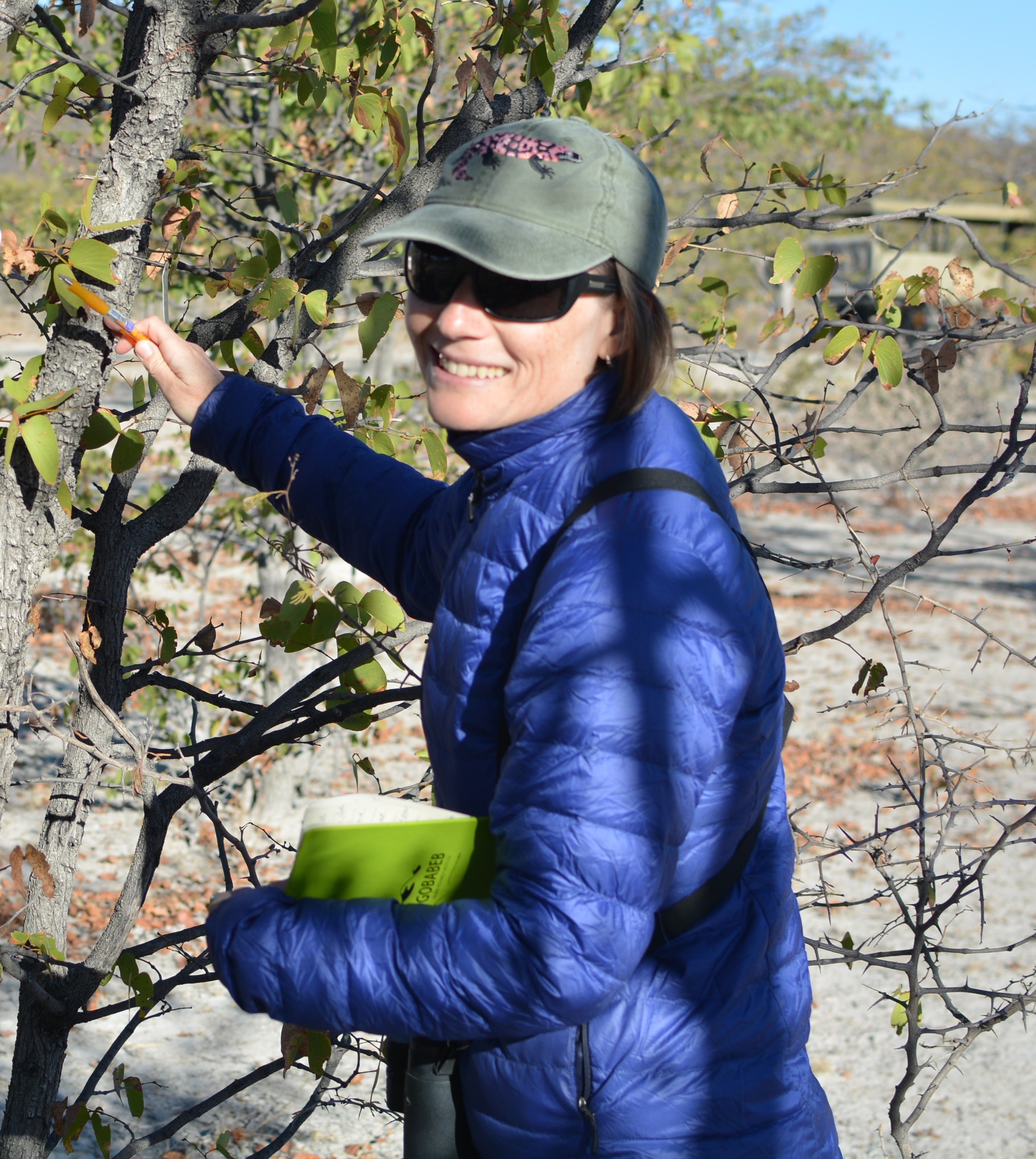
Dr. Heather Throop, DeAD PI
Professor, Arizona State University
DeAD Super Powers: field and lab measurements, deconstructing spatial heterogeneity
Favorite Enzyme: RuBisCO
ORCID | Google Scholar
heather.throop <at> asu.edu
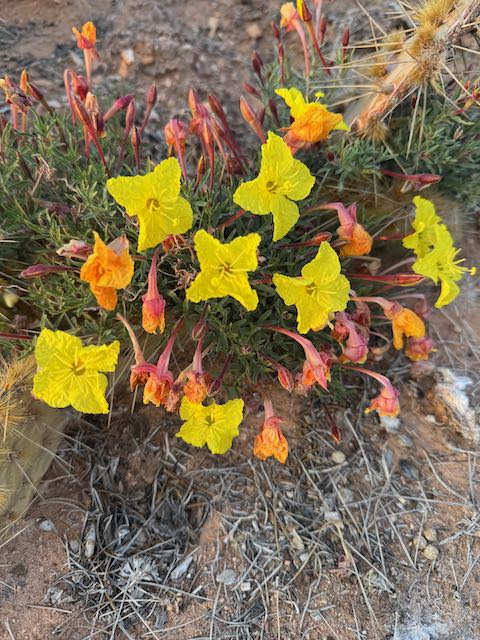
Dr. Jiwei Li, DeAD co-PI
Assistant Professor, Arizona State University
DeAD Super Powers: AI and continental-scale Google Earth Engine mapping
Favorite Satellite:
ORCID | GoogleScholar
JiweiLi <at> asu.edu
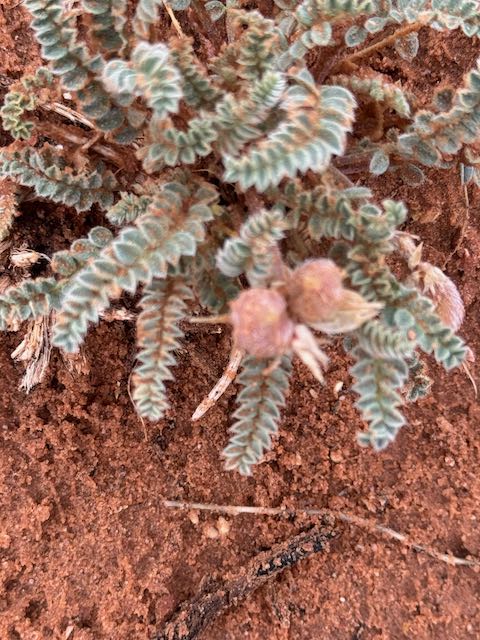
Dr. Daryl Moorhead, DeAD co-PI
Professor, Professor, University of Toledo
DeAD Super Powers:
ORCID | GoogleScholar
xxx <at> xxx.edu
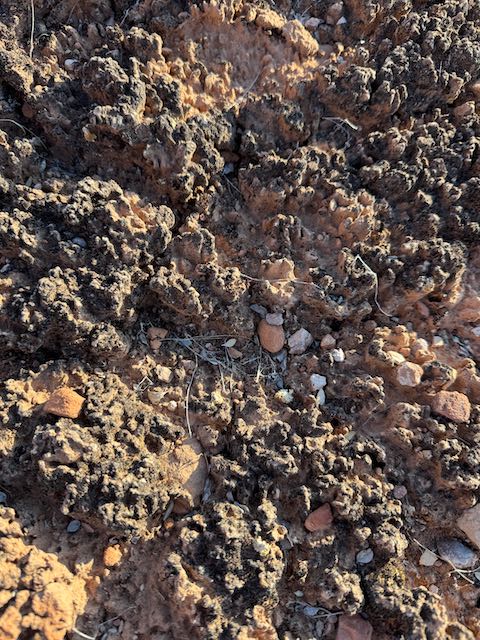
Dr. Sasha Reed, DeAD co-PI
Research Ecologist, US Geological Survey
DeAD Super Powers:
ORCID | GoogleScholar
xxx <at> xxx.edu
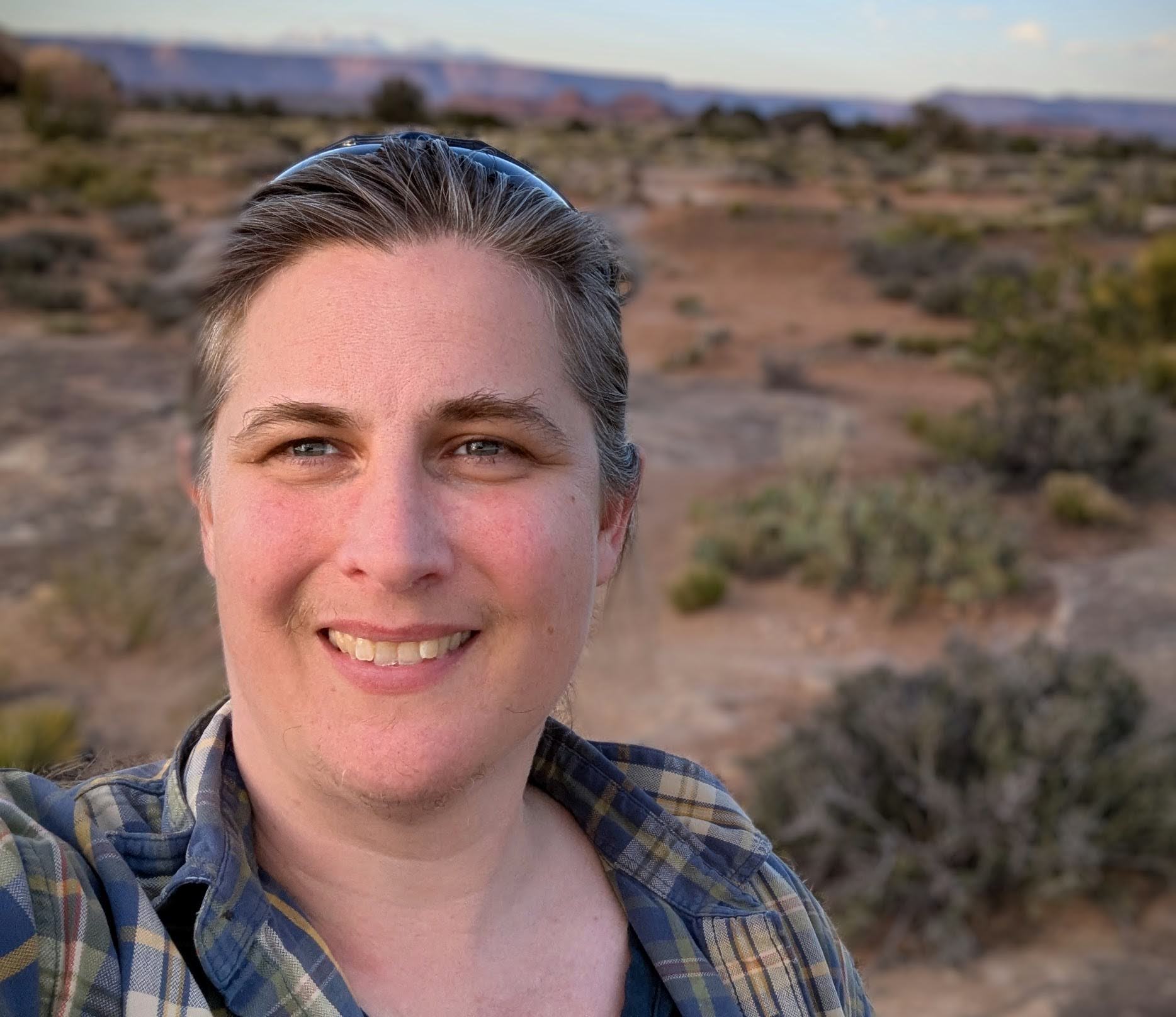
Dr. Kathe Todd-Brown, DeAD co-PI
Assistant Professor, University of Florida
DeAD Super Powers: Translating carbon dynamics to math and dancing data
ORCID | GoogleScholar
ktoddbrown <at> ufl.edu
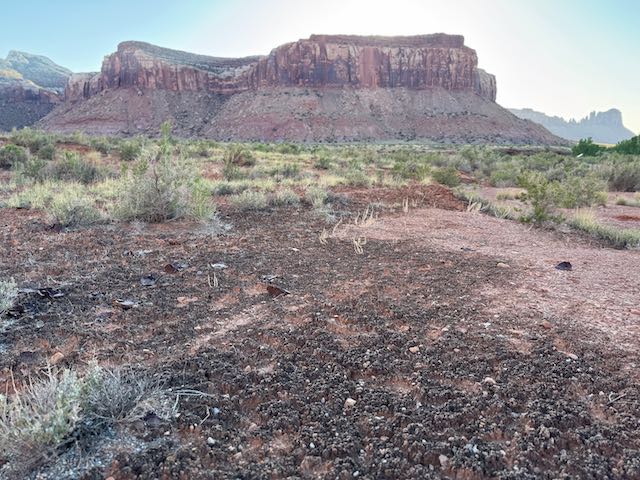
Dr. Alex Cueva, DeAD Senior Scientist
ECOSUR, Mexico
DeAD Super Powers:
ORCID | GoogleScholar
xxx <at> xxx.edu
Postdoctoral Researcher
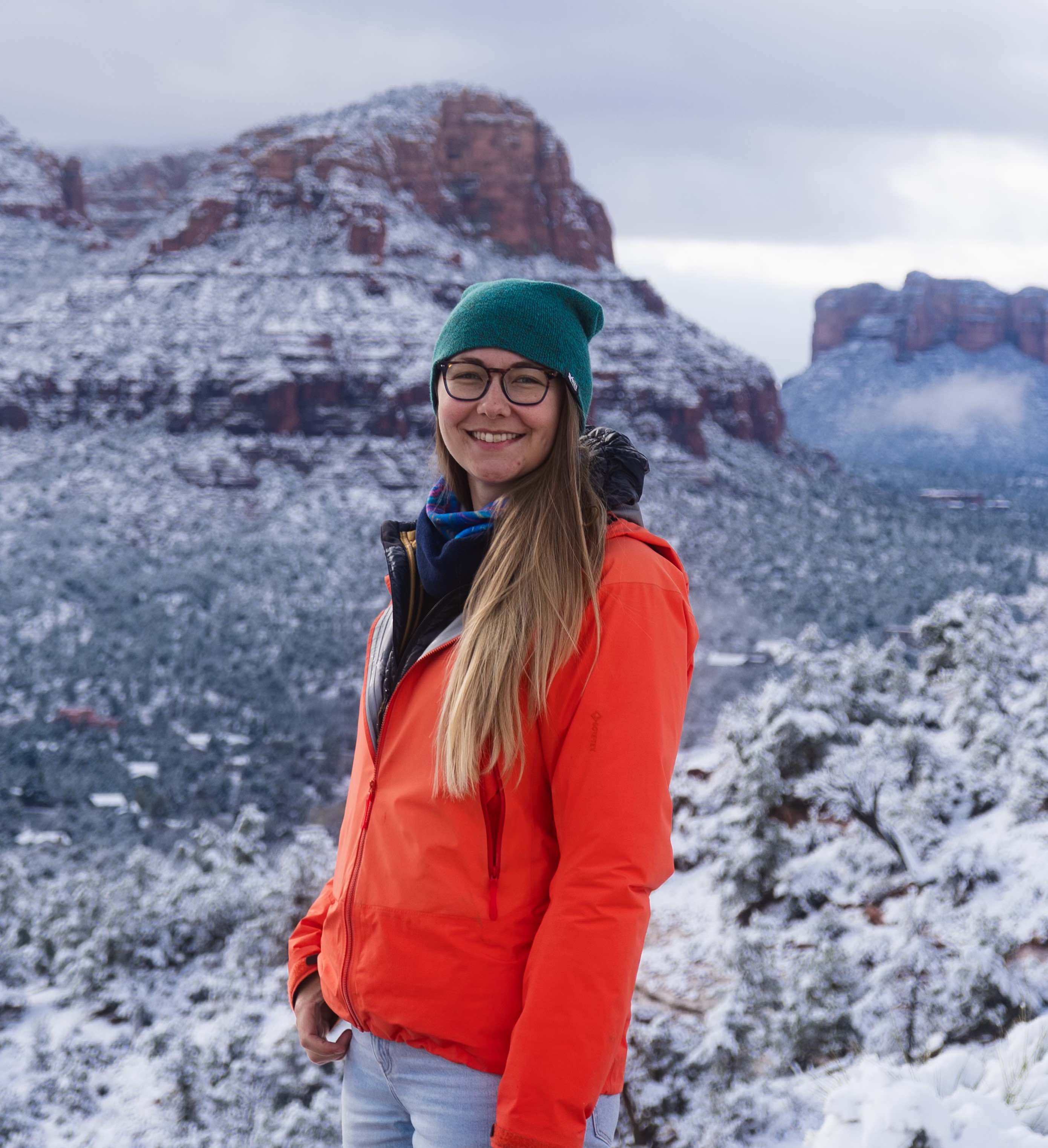
Dr. Alexi Besser, postdoc
Arizona State University
DeAD Super Powers: leading fieldwork, operating analytical instruments, interdisciplinary science
Favorite Element: carbon
ORCID | GoogleScholar
acbesser <at> asu.edu
Graduate Students
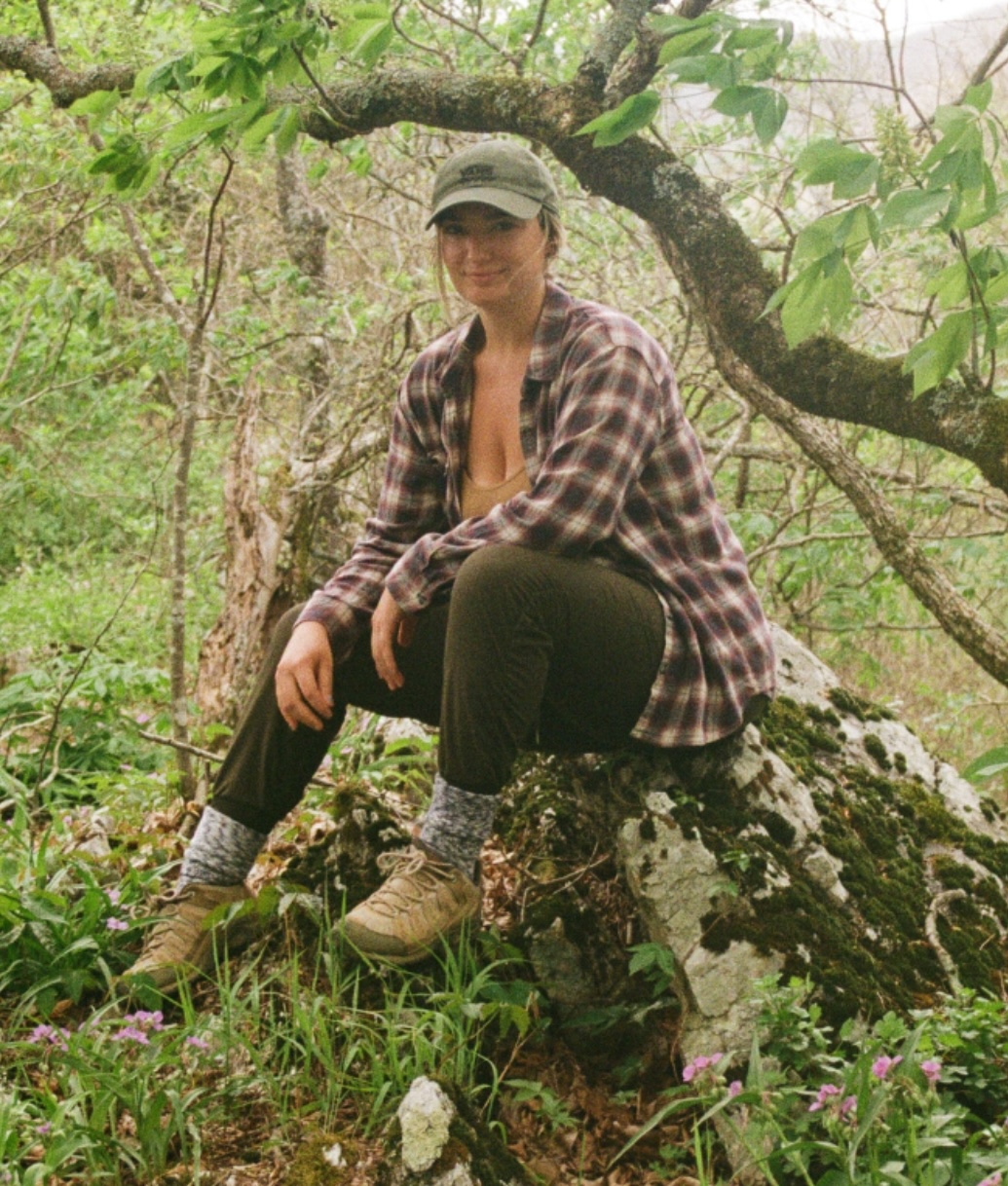
Dellena Bloom, PhD Student
University of Florida
DeAD Super Powers: litter decomposition models and field work
ORCID | GoogleScholar
develyn.bloom <at> ufl.edu
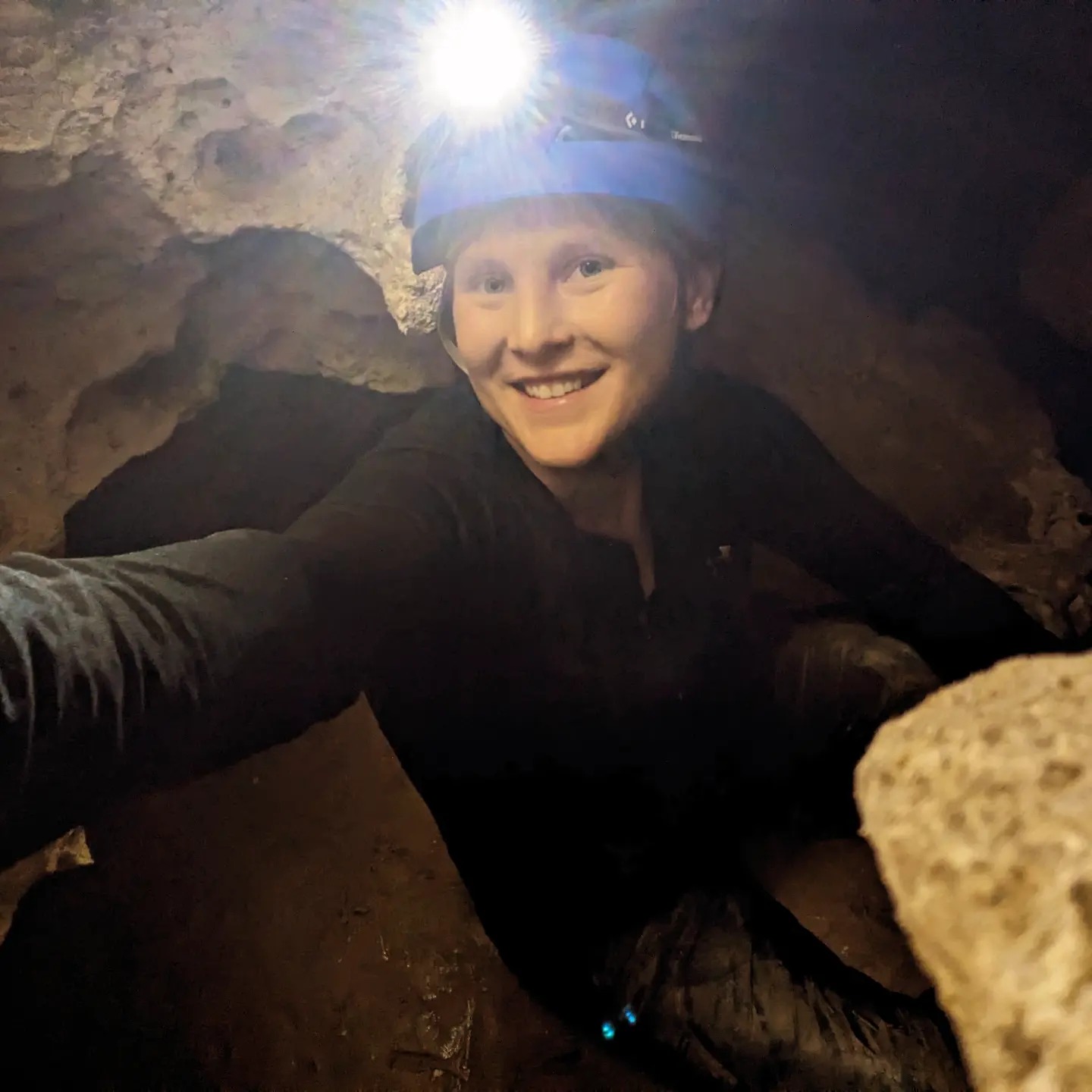
Ash Bonner, PhD Candidate
University of Florida
DeAD Super Powers: formulation of ODE models and general mathematical wizardry
Favorite mathematical system: chaotic Lorenz system
ORCID | GoogleScholar
bonnera <at> ufl.edu
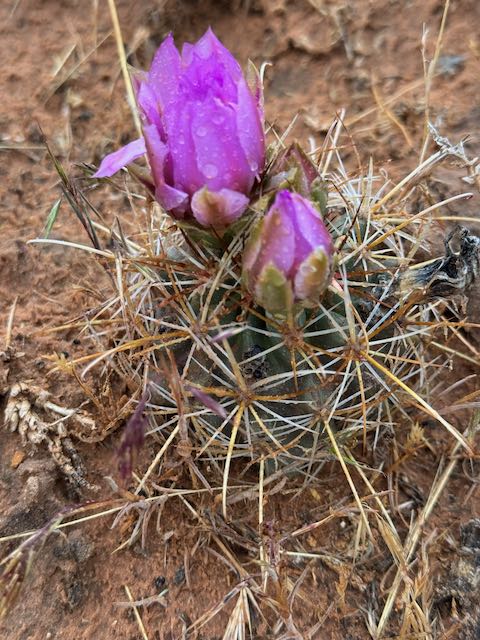
Jianghai Peng, PhD Student
Arizona State University
DeAD Super Powers:
ORCID | GoogleScholar
jpeng49 <at> asu.edu
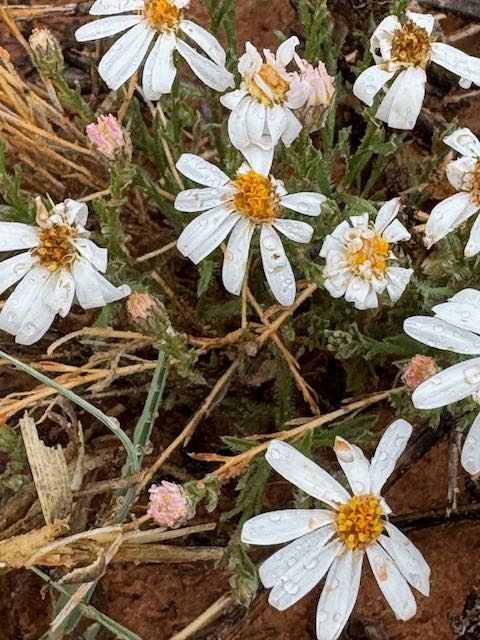
Isabel Torres, PhD Candidate
Arizona State University
DeAD Super Powers:
ORCID | GoogleScholar
xxx <at> asu.edu
Undergraduate Students
We have a fantastic team of undergraduates at Arizona State University. Details forthcoming!
All Hands Meeting Photos
Our annual meetings are an opportunity to coordinate our research activities and plan for upcoming project priorities. We visit one of our field sites each year. Here are some photos from 2024 (Santa Rita Experimental Range) and 2025 (Canyonlands Research Center, near the Moab NEON site).
Gallery
